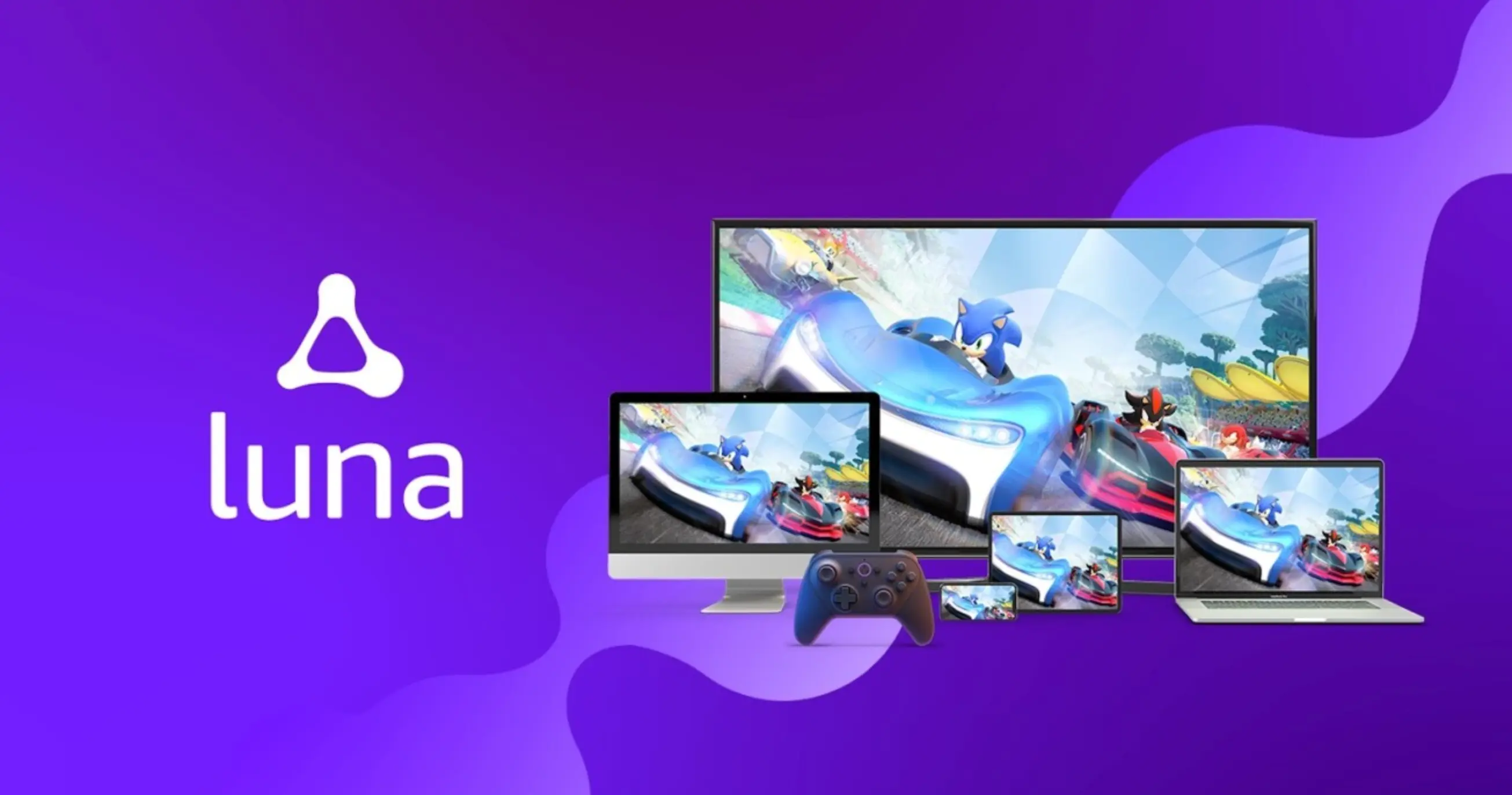Digital Marketing Tactics That Help Healthcare Services Stand Out
Updated on
Published on

In a rapidly evolving digital landscape, healthcare organizations must leverage innovative marketing tactics to attract and retain patients effectively. Contemporary consumers are more empowered than ever, demanding better accessibility, information, and engagement from healthcare providers. Hence, deploying effective digital marketing strategies has become important for healthcare services looking to stand out. This article explores various tactics that can help healthcare businesses improve visibility, enhance patient engagement, and drive growth.

Utilizing Search Engine Optimization (SEO)
Search Engine Optimization (SEO) plays a critical role in increasing the online presence of healthcare services. By optimizing a website for relevant keywords, organizations can improve their visibility on search engine results pages. This involves on-page optimizations, such as using appropriate tags and optimizing images. The importance of quality content cannot be overstated, as informative articles and blog posts are more likely to attract organic traffic.
Local SEO is vital for healthcare services, ensuring potential patients in a specific geographical area can easily find them. Integrating Google My Business listings allows healthcare organizations to show up prominently in local searches, providing important information like hours of operation and contact details. Research indicates that 77% of patients use search engines before booking an appointment, underscoring the need for effective SEO strategies that make services easily discoverable.
Engaging Content Marketing Strategies
Content marketing is another powerful tool healthcare services can utilize to engage with their audience. By creating valuable and relevant content, organizations can establish themselves as trusted authorities in their field. This can be achieved through blog posts, case studies, webinars, and newsletters. The objective is to provide patients with insightful information that addresses their concerns or questions.
Writing about the latest medical advancements or explaining complex medical procedures can resonate with potential patients. By fostering this level of engagement, healthcare services can encourage loyalty and build long-term relationships. A content strategy that incorporates various formats, including videos and infographics, can cater to diverse audience preferences, making it more likely to capture attention. Partnering with a healthcare digital marketing agency can help organizations craft a comprehensive content marketing plan tailored to their unique goals. Consistent and meaningful content builds credibility while positioning healthcare providers as reliable partners in patient care.
Leveraging Social Media Platforms
Social media has fundamentally changed how healthcare services interact with patients. Platforms like Facebook, Twitter, and Instagram allow organizations to share updates and engage with followers directly. Through consistent posting, healthcare providers can build a community around their services and foster a sense of trust. By sharing educational content, personal stories, and behind-the-scenes glimpses into the organization, services can humanize their brand, making it more relatable to potential patients.
Social media offers the opportunity for targeted advertising, allowing healthcare services to reach specific demographics more effectively. Engaging with comments and messages promptly showcases a commitment to patient care beyond traditional touchpoints. Research suggests that 62% of patients prefer to interact with their healthcare providers through social media, emphasizing its growing role in modern healthcare marketing.
Email Marketing for Patient Retention
Email marketing remains one of the most effective channels for healthcare organization outreach. By developing targeted email campaigns, providers can share news, reminders, and educational content directly with patients. A well-structured email strategy can improve patient retention rates by keeping services top of mind. Personalized emails that cater to individual needs, such as birthday greetings or appointment reminders, help foster a deeper connection between healthcare providers and patients.
Segmenting email lists allows organizations to tailor their messaging for different patient demographics or preferences. Regular newsletters can keep patients informed about health tips and clinic updates, showcasing a commitment to providing value beyond appointments. The effectiveness of email marketing is evidenced by its average return on investment of $42 for every dollar spent, making it a preferred tactic for healthcare organizations.
Optimizing for Mobile Users
With a growing number of patients using mobile devices to access healthcare information, optimizing websites for mobile usability is critical. A responsive design ensures that patients have a seamless experience regardless of their device. Mobile users are often seeking information quickly, so fast-loading pages and easy navigation are important factors that can influence patient decisions.
Healthcare organizations should focus on making important information, such as contact details and appointment booking, easily accessible on mobile. Research indicates that over 50% of searches for healthcare services now occur on mobile devices, underlining the importance of a user-friendly mobile experience. Implementing mobile optimization strategies improves user engagement and results in higher conversion rates.
Implementing Pay-Per-Click Advertising
Pay-Per-Click (PPC) advertising is a powerful strategy that allows healthcare services to target specific keywords and audiences effectively. Through platforms like Google Ads, organizations can create tailored advertisements that appear in search results when potential patients look for relevant services. This immediacy helps healthcare providers reach consumers at critical decision-making moments.
By allocating budgets carefully, healthcare services can ensure a strong return on their investment when competing in highly saturated markets. Crafting compelling ad copy is important to entice clicks, while careful targeting mechanisms can help refine audiences based on location, interests, and demographics. Continued monitoring and optimization of campaigns based on performance data drives the best outcomes, ensuring that healthcare services gain maximum visibility and engagement.

Utilizing Video Marketing
Video marketing has emerged as an invaluable asset for healthcare services, as visual content often leads to greater engagement rates. Organizations can create informative and engaging videos on various topics, including patient testimonials, how-to guides, or health tips. These videos can be shared across platforms, including social media, websites, and email newsletters, broadening their reach.
Video content can help demystify healthcare procedures, alleviating patient anxiety and fostering trust. Platforms like YouTube provide a vast audience, making it easier for healthcare organizations to establish brand presence through video content. Studies indicate that posts with video content receive significantly more shares and interactions compared to those without, emphasizing its importance in a comprehensive marketing strategy.
Implementing these digital marketing tactics can help healthcare services effectively reach and engage with patients, fostering a strong connection that leads to practice growth. By embracing modern approaches such as SEO, content marketing, social media engagement, email campaigns, mobile optimization, PPC advertising, and video marketing, organizations can stand out in a competitive landscape.







